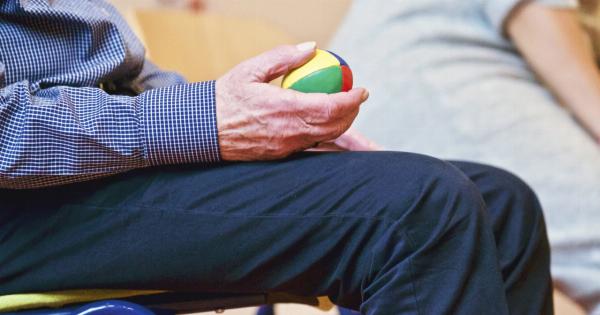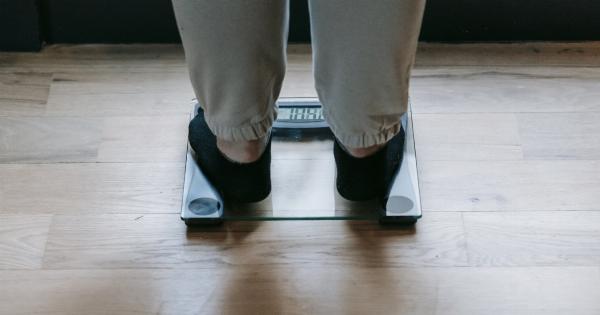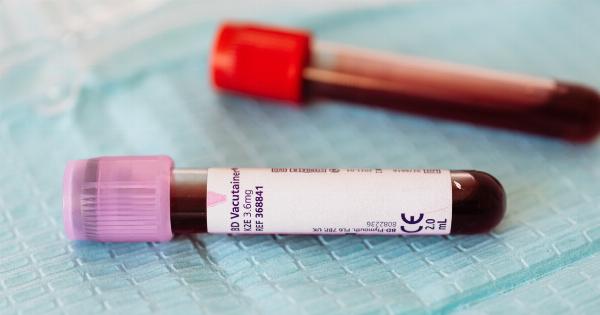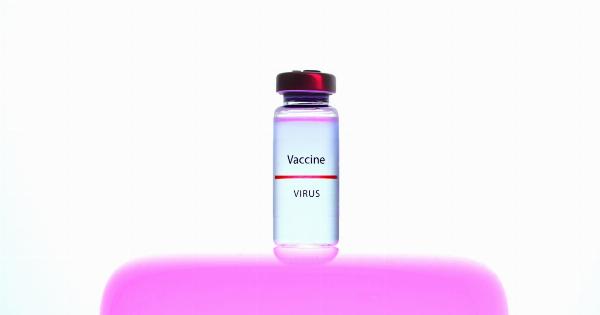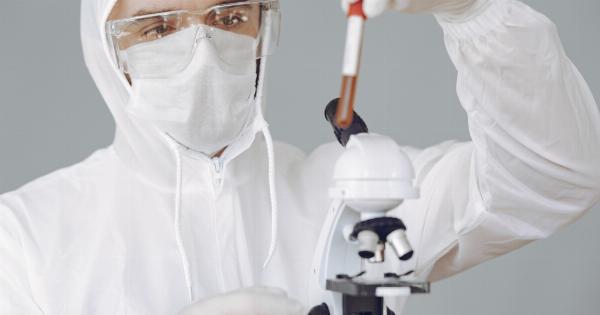Thrombosis is a medical condition wherein blood clots form inside blood vessels, obstructing the normal flow of blood. Although it may happen in any part of the body, it commonly affects the legs, brain, lungs, and heart.
If left untreated, thrombosis can cause serious health complications and may even lead to death. In this article, we will discuss the causes, symptoms, and prevention of thrombosis.
What Causes Thrombosis?
Thrombosis may be caused by different factors such as:.
- Previous injuries or surgeries: These may result in blood clots that can lead to thrombosis.
- Prolonged immobility: When a person is immobile for a long period of time, blood flow can be restricted, leading to clot formation.
- Family history: If a family member has thrombosis, it can increase the likelihood of developing the condition.
- Pregnancy: Pregnant women are at higher risk of developing thrombosis due to hormonal changes and the growing uterus that can compress blood vessels.
- Obesity: Being overweight or obese can increase the risk of developing thrombosis.
- Smoking: Smoking is a risk factor for many diseases, including thrombosis.
What Are the Symptoms of Thrombosis?
Thrombosis has different symptoms, depending on where the blood clot formed. Here are some of the common symptoms of thrombosis:.
Leg Thrombosis
- Unexplained swelling: Thrombosis in the leg can cause sudden and painful swelling.
- Tenderness and pain: The affected area may feel tender to the touch, and the pain can range from mild to severe.
- Warmth and redness: The area around the blood clot may feel warm to the touch and appear red.
Brain Thrombosis
- Severe headache: Thrombosis in the brain can cause a sudden and severe headache.
- Weakness: The affected person may experience weakness in the face, arm, or leg, particularly on one side of the body.
- Confusion: Thrombosis in the brain can lead to confusion and difficulty in speaking or understanding others.
Lung Thrombosis
- Chest pain: Thrombosis in the lung can cause sudden and sharp chest pain that may worsen when breathing deeply or when coughing.
- Shortness of breath: The affected person may experience difficulty breathing or shortness of breath.
- Coughing: Thrombosis in the lung can cause coughing, particularly if there is blood in the sputum.
Heart Thrombosis
- Chest pain: Thrombosis in the heart can cause chest pain or discomfort that may feel like pressure or heaviness.
- A rapid or irregular heartbeat: The affected person may experience a rapid or irregular heartbeat, also called arrhythmia.
- Shortness of breath: The person may have difficulty breathing or shortness of breath.
How Is Thrombosis Diagnosed?
Thrombosis can be diagnosed through different tests such as:.
- D-dimer test: This blood test checks for the presence of a substance called D-dimer produced when a blood clot breaks down.
- Ultrasound: This test uses high-frequency sound waves to visualize the blood vessels and detect any blood clots.
- Magnetic Resonance Imaging (MRI): This test uses a magnetic field and radio waves to create detailed images of the body.
- Computed Tomography (CT) scan: This test uses X-rays and computer technology to produce detailed images of the body.
- Blood tests: These tests can check for any abnormality in the blood, such as high levels of certain substances that can increase the risk of thrombosis.
Preventing Thrombosis
There are several ways to prevent the formation of blood clots and reduce the risk of thrombosis. Here are some of them:.
- Moving regularly: If you have a sedentary lifestyle or sit for long periods, try to stand up and move around every hour.
- Wearing compression stockings: These stockings can help prevent blood clots by promoting blood flow.
- Exercising regularly: Regular exercise can improve blood flow and reduce the risk of thrombosis. However, if you have a medical condition, consult your doctor before starting an exercise program.
- Eating a healthy diet: A balanced diet that is rich in fruits, vegetables, and whole grains can help reduce the risk of thrombosis.
- Avoiding smoking: Smoking can increase the risk of thrombosis and many other health problems.
- Taking anticoagulant medications: If you are at high risk of thrombosis, your doctor may prescribe anticoagulant medications that can prevent blood clots from forming.
- Treating underlying medical conditions: If you have a medical condition that increases the risk of thrombosis, such as high blood pressure or diabetes, make sure to manage it properly.
The Bottom Line
Thrombosis can be a serious and life-threatening condition, but it can be prevented. By knowing the causes, symptoms, and prevention of thrombosis, you can reduce your risk and maintain good health.
If you experience any of the symptoms mentioned above, seek medical attention immediately.



